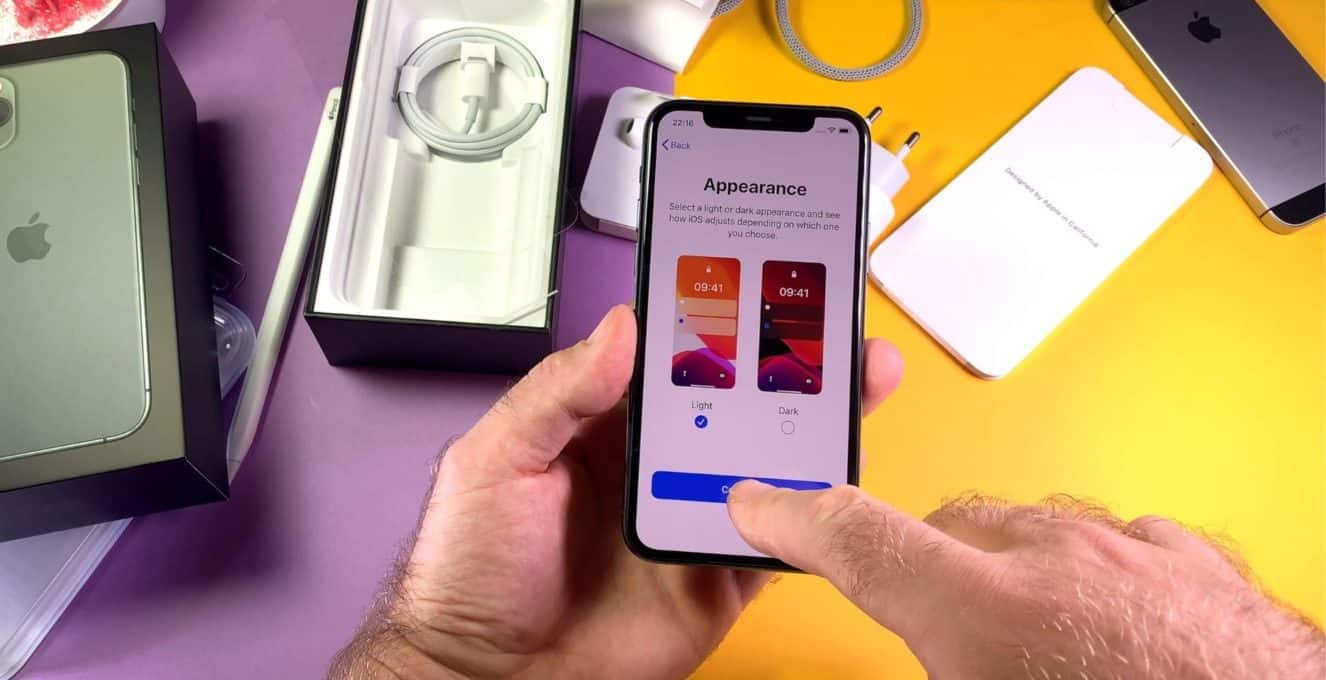Chances are that you’re reading this blog post on a white screen with dark-coloured words.
But did you realise there are other screen-viewing options you can use, like Dark Mode?
To support accessibility and inclusivity for all users, Caption.Ed offers three viewing modes – Sepia, Light and Dark Mode. And we offer these to help users feel more comfortable and in control of their learning.
To explain more, we’ll weigh up the benefits of each theme in this blog post. But specifically, we’ll focus on how each of these benefits accessibility.
What Are the Benefits of Dark Mode, Light Mode and Sepia?
Back in the ’70s and ’80s, when IBM, Apple Mac and Amstrad computers were around, Cathode Ray Tube technology limited screens to Dark Mode only.
But when technology improved, users started using Light Mode. And with its way of mimicking dark pen on white paper, it made sense that it should become the ubiquitous default.
But there’s also Sepia tone. And while its origins can’t be traced back to modern technology, its history does date further back to the start of photography.
So, what’s the difference between Dark Mode, Light Mode and Sepia when it comes to tech accessibility?
Benefits of Dark Mode on Accessibility
Dark Mode is proven to help users in many ways. For example, recent studies show its ability to relieve fatigue and visual acuity for people who use AR and VR headsets.
But how does it help people with specific accessibility needs and requirements?
May help people with Irlen Syndrome
Irlen Syndrome is an under-diagnosed condition that affects up to 15% of the UK population. And while around 30% of people with autism, dyslexia and ADHD have it, it’s an indiscriminate condition which relates to visual perception processing.
Enabling Dark Mode on Caption.Ed could help sufferers of Irlen Syndrome by softening the intensity of the information on the screen. People with this condition may struggle with overexposure to light, and so Dark Mode may help to ease these problems.
Could support people with autism
People with autism often experience a range of neurodiverse sensory responses, including overload or under-sensitivity. And some may even have Irlen Syndrome too. Either way, people with autism, who struggle with oversensitivity, may find that switching on Dark Mode helps them focus on the detail on the screen.

Benefits of Light Mode on Accessibility
Some reports suggest Light Mode is more beneficial for users’ sight.
And that may be the case for people with a standard range of vision. But how does it help people who have accessibility needs?
May support people with astigmatism
Uncorrected Refractive Errors (URE) such as astigmatism affect hundreds of millions of people worldwide. And with around 50% of the British glass-wearing population having astigmatism, dark writing on light or white screens may help reduce the symptoms of ‘halation’ which include headaches and eye strain.
Could help long-sighted people
Long-sightedness is also classed as a URE. And Light Mode can offer a clearer background to make writing more legible.
Benefits of Sepia Tone on Accessibility
Sepia is the name given to the photographic toning process. It has a brown tint that softens colours and gives photos a more relaxed hue. So, think of those old black and white photos that have an orange/brownish colour after they’re processed. And so it’s not Dark Mode or Light Mode, but somewhere in between. And this can have a big impact on all types of readers
May help people with dyslexia to read faster
Compared to the average reader, studies suggest people with dyslexia often prefer lower brightness and different colours between text and background (Bradford, 2011; Pedley 2006; British Dyslexia Association, 2012). So while sepia tone may provide the necessary lower levels of brightness that people with dyslexia need to read, it could also help them to read faster.
Could make it easier for people with cataracts
Cataracts are bothersome growths that can create areas of blurry vision, haziness or brownish-tinted vision. So, switching on Sepia could help reduce sensitivity to glare that users may otherwise experience with Light Mode or indeed Dark Mode.
Caption.Ed aim to put the end-user in control of their learning. And one way we do this is by offering three display themes. With three choices, users can increase their comfort levels and gain better accessibility to our captioning and note-taking tool on their terms.
And of course, the best way to check which theme works best for you is to try out Caption.Ed with a free trial. Plus, if you do have any questions about increasing accessibility, we’d be happy to hear from you!


